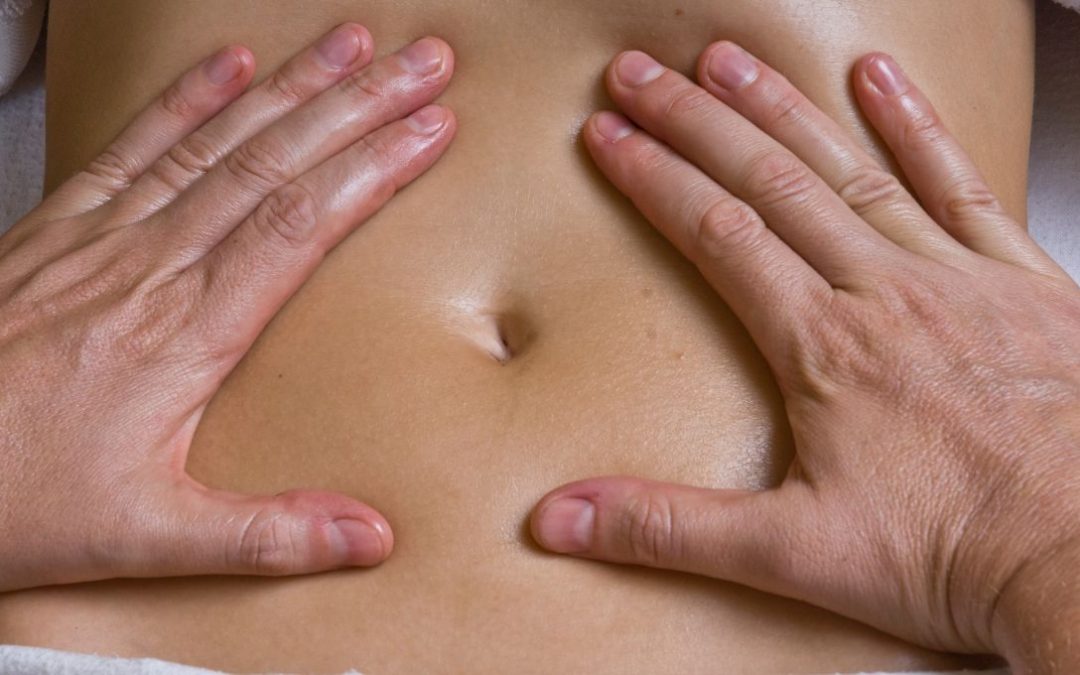For too long we’ve been told that tummies are supposed to be six packs. No roundness, no fat, just a chiselled washboard you could balance things on.
I’m calling out the tummy BS.
A six-pack tummy isn’t as much about strength as it is about the absence of body fat. All of us have a rectus abdominus muscle – that’s what looks like the so-called six pack. If you starved yourself, you’d see yours too. It’s only really noticeable for most women when we’re below about 5% body fat, and for most women that’s not a healthy place to be in the long term.
Remember that clever lighting, a temporary ‘pump’ created by exercise, and strict dieting all play a part in photographs – and of course the all-important photo editing software.
Bodybuilders are only in ‘that’ shape for competition day or a few weeks of the year at most.
If you think this is how you’re supposed to look, you’ve been fed a bucket of BS.
Function is more important than form. Core muscles that support your movement are essential. The rectus abdominus is responsible for flexing your spine (the movement required to do a sit-up) – it’s the deeper core muscle, the transverse abdominus that keeps up upright. But you can’t see that muscle, so nobody talks about her.
When you’re working hard – lifting, carrying, balancing, flexing – you’ll find your muscles are hard. That’s because they’re switched on, contracting, or shortening. They’ll pop up and, depending on how well covered they are by flesh, you may see their shape.
The rest of the time, your muscles are soft, relaxed, unengaged.
This means that when you’re squatting with a heavy barbell on your back, or pushing a heavy wheelbarrow round the garden, or picking your toddler up from their cot, your tummy muscles will be hard.
And when you’re relaxing, well supported by the sofa or lying in bed at night, your tummy muscles will be soft. Like butter. You should be able to have a prod and a wobble. There should not be any tension while you’re at rest.
That’s the butterbelly.
Many of us aren’t very good at butterbelly. We’ve been so indoctrinated to ‘suck it in’ at all times that we forget how to let go. if you’ve had a baby (recently or not so recently), your muscles will have been lengthened and weakened. For many of us, the automatic response is to tighten those muscles – holding them in a switched-on position for as long as possible, as tight as possible. But this leads to forgetting when and how to switch them off.
Tummy muscles that don’t know how to switch off are their own form of bad news. They can:
- Feel uncomfortable
- Restrict your breathing
- Contribute to an overly tight pelvic floor
- Contribute to lower back pain
- Look a bit weird
When your tummy muscles are soft and released, your whole body responds by moving better. It allows better movement through your body, including your hips.
Breathing is very important to the tummy muscles. When you inhale deeply, you should feel your tummy expand. If there’s a baby or small child you can watch, have a look at how their tummies move when they’re still or asleep. Every inhale moves the tummy, naturally. It’s only when we learn to suck it all in that we lose this normal movement pattern.
What to do about it?
Abdominal massage is one of my favourite treatments. Every time, the client leaves the clinic feeling great, breathing better, more relaxed and slightly surprised that such a gentle treatment can be so profound.
Not ready to be treated? There’s a lot you can do to yourself. I’ve made a video of ten releases for tight tummy muscles.
If you’re concerned about anything going on in your tummy, your first stop should be your GP. If everything’s all right medically but you’re not happy that you’ve got your butterbelly, give me a shout on a Clarity Call or book a massage. It’d be great to see you.


